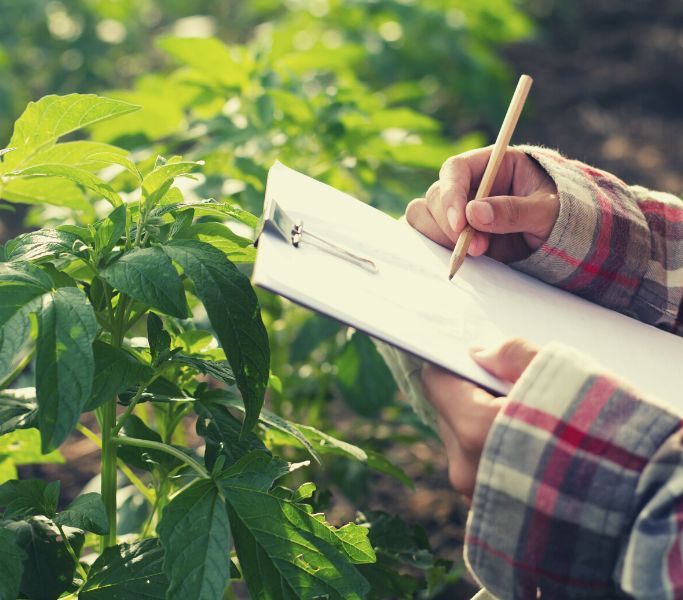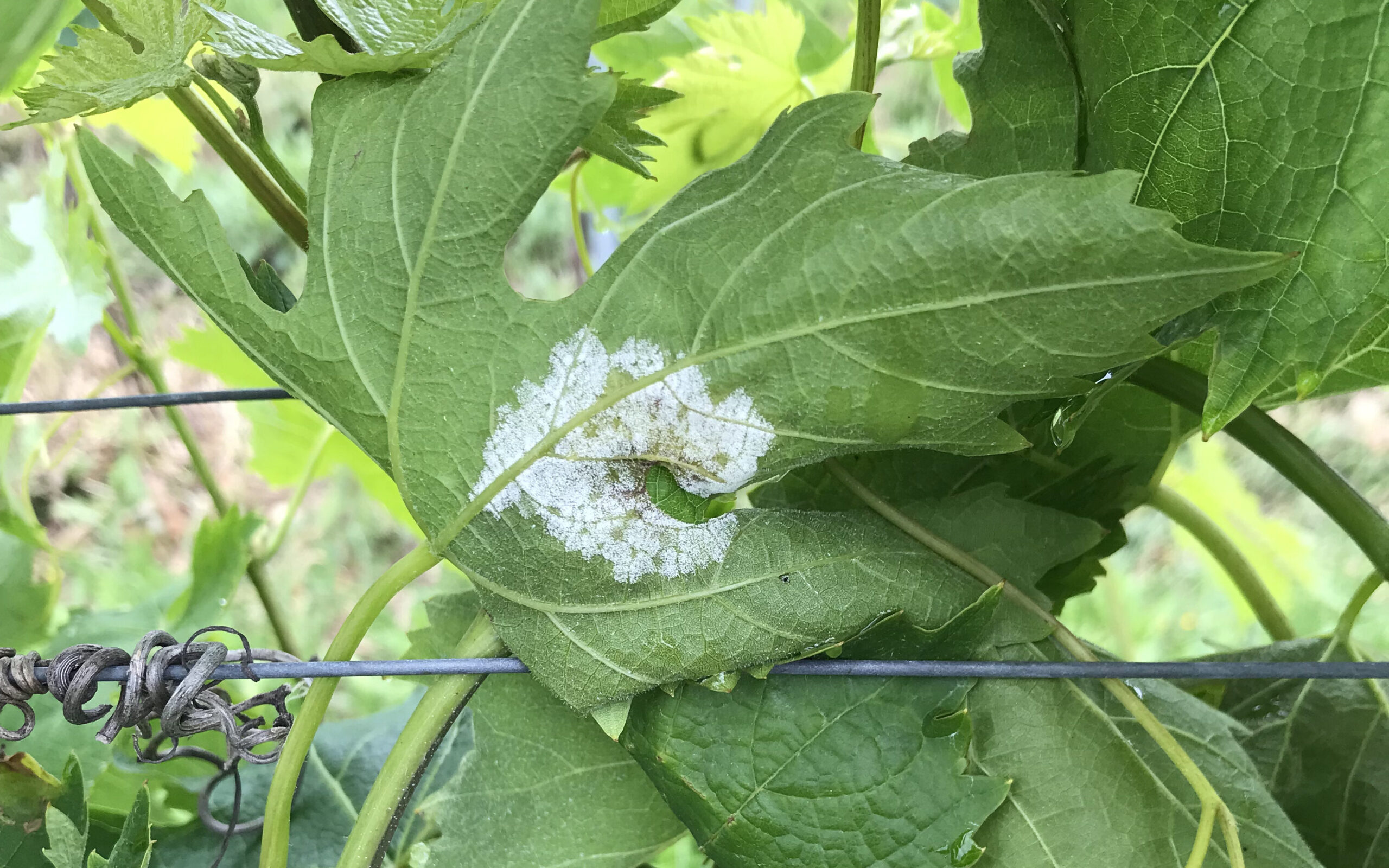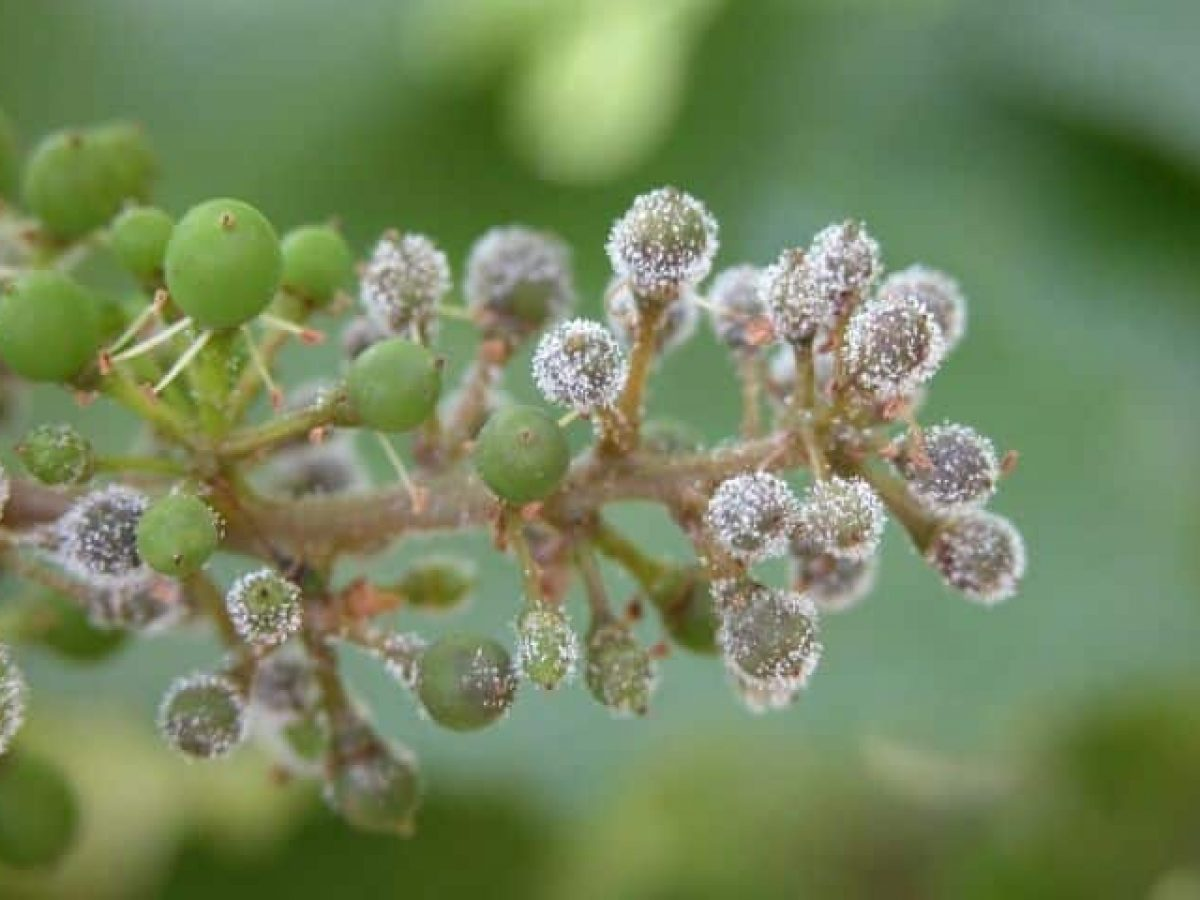Table of Contents
- What is the Oidium of the Lives
- Importance of disease prevention and control
- What are the Causes of Life Oidium
- What are the factors that promote the development of the disease
- How the Oidium of the Screw manifests on leaves and clusters
- How to recognise the symptoms of the disease
- What are the Preventive Measures to Avoid Vine Hate
- What are the chemical and non-chemical treatments for disease control
- How to manage Life Oidium in a Sustainable Way
- Advice for proper management of the disease
- Site
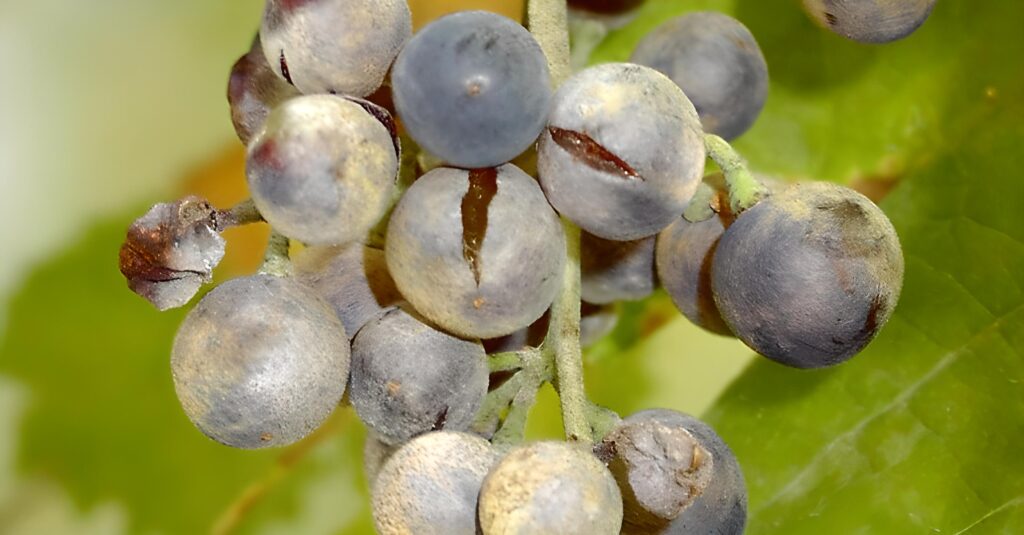
What is the Oidium of the Lives
THEOidium of Vine, also known as ‘bad white” or “rotten grey” caused by mushroom “Uncinula necator”, it is one of the pathologies more widespread and harmful to the vine together with the Peronospora. It manifests itself through the appearance of grey stains O white up leaves e bunches, they can then develop a brown mold. I bunches of grapes they may also present the training of moulds O rotting, capable of compromising the quality and the quantity.
Importance of disease prevention and control
The importance of prevention and the control of theOidium of the Vine it is essential to ensure the health of the vine and the quality of grapes.
The disease can cause significant damage to production of grapes, both in quantity terms which of quality. In addition, theOidium of the Vine can weakening the plant and make it more susceptible to other diseases O environmental stress.
Therefore, it is important know some basic information e take preventive measures for avoid the onset of the disease e intervene in a timely manner with appropriate treatments in case of infection.
What are the Causes of Life Oidium
The Oidio of the Vine it is caused by the mushroom “Uncinula necator”, belonging to the family of Erysiphaceae. This fungus it is present in all wine regions of the world and can affect all variety of vines, although some are more susceptible than others.
His spore they can be transported from wind or from thewater, and they may be present on plants or on infected Transplant Material, transmitting through contact.
What are the factors that promote the development of the disease
There are some factors which fosters the development of theOidium of the Vine which must be taken into account for preventing the onset of the disease.
The main risk factors are:
• High humidity: the fungus it develops especially in conditions of high relative humidity, both during the vegetative phase and during the maturation of the grape. Therefore, it is important to avoid excessive humidity conditions that favor the spread of fungus spores.
• Mild temperatures: temperatures between 15 and 25 °C are the most favorable to the development of the fungus. Therefore, in areas where these climatic conditions are frequent, the risk of infection with Oidium of the Vine it’s bigger.
• Host plants: in addition to the vine, also other fruit plants such as Kiwi, apples, pears e cherries they can be affected by the disease. Therefore, it is important to avoid the proximity of other host plants to the vine, so as to reduce the risk of spreading the fungus.
• Overlap of foliage: the overlap of foliage can create conditions of excessive humidity within the vineyard, promoting the development of the fungus. Therefore, it is important to maintain adequate pruning intervals to ensure good air circulation.
• Health status of the vine: I plants weakened or stressed lives are more susceptible toOidium of the Vine compared to healthy plants. Therefore, it is important to keep the vine in good health through proper irrigation, fertilisation and defend against other diseases.
• Infected Transplant Material: fungus spores may be present on plants or on infected Transplant Material, transmitting through contact.
Therefore, it is important to use only healthy transplant material to avoid the introduction of the disease into the vineyard. With these risk factors in mind, it is possible to adopt preventive measures to avoid the onset of theOidium of the Vine and ensure the health and good performance of the vine in the vineyard.’
How the Oidium of the Screw manifests on leaves and clusters
The Oidio of the Vine it manifests itself mainly through the appearance of grey stains O white up leaves e bunches, they can then develop a brown mold.
I stains they can be of different shapes e dimensions, and they tend to increase number e dimension as the progress of the disease.
I bunches of grapes they may also present the training of moulds O rotting, which compromises the quality and the quantity. In addition, the Oidio of the Vine it can cause theyellowing and theabscission of leaves, reducing the capacity of photosynthesis of plant.
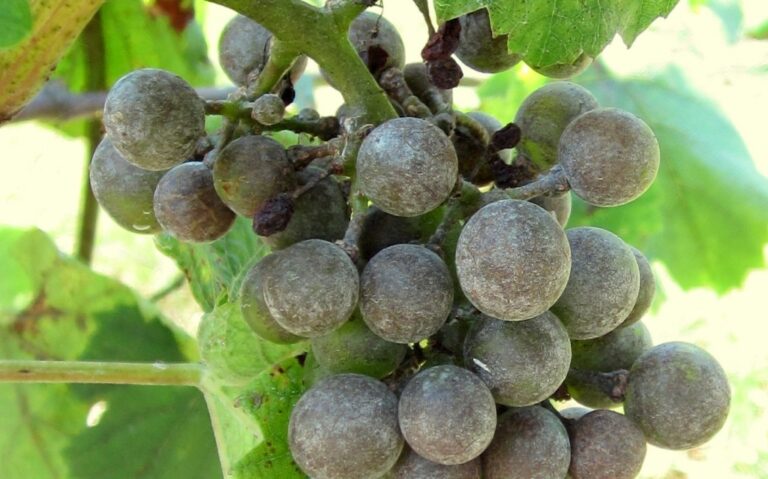
How to recognise the symptoms of the disease
To recognise the symptoms ofOidium of the Vine it is important to carefully observe the leaves and the bunches of the vine.
Here are some typical signs of the disease:
• Grey stains O white up leaves e bunches: stains may have different shapes and sizes and tend to increase in number and size as the disease progresses.
• Brown mold up leaves e bunches: mold may appear on the surface of gray or white spots or on the bottom of the leaves.
• Yellowing e abscission of leaves: the leaves affected by the Oidium of the Screw can yellow and fall early, reducing the plant’s photosynthesis capacity.
• Rotting O moulds sui bunches: infected bunches of grapes may have rot or mold, which compromise their quality and quantity.
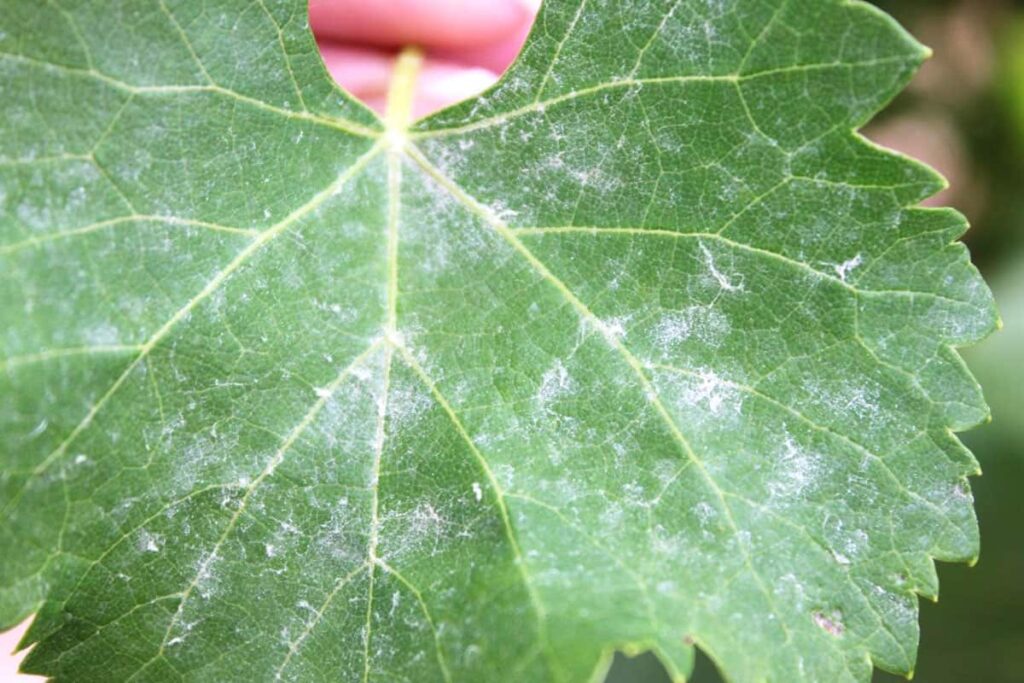
To confirm the presence ofOidium of the Vine it is important to carry out an analysis of fungus spores present on the affected plant or tissues. In addition, it is important to consider that the symptoms ofOidium of the Vine they may be similar to those of other diseases of the vine, such as theapical rot” or the “variegated chlorosis“.
Therefore, it is important to consult an expert for a correct diagnosis and for the most appropriate treatment. Promptly recognise the symptoms ofOidium of the Vine it is essential to intervene promptly with the appropriate treatments and ensure the health of the vine and the quality of the grapes.

It’s all about prevention.
In a few clicks you will know the weather the evolution of diseases in the your field and you can take preventive measures.
What are the Preventive Measures to Avoid Vine Hate
To prevent theOidium of the Vine it is important to adopt some preventive measures, as the thorough cleaning del vineyard and theelimination of infected plants or infected parts of plant. In addition, it is important to use only healthy Transplant Material, to avoid the introduction of disease in vineyard.
To ensure an good air and light within the vineyard, it is important to avoid the overlap of foliage and keep adequate pruning intervals. In addition, it is important to avoid the excessive humidity conditions, which favors the development of the fungus.
For example, it is advisable to avoid irrigate during the hottest Hours of the Day or during the stages of flowering and maturation of the grapes, when theevapotranspiration is greater.
What are the chemical and non-chemical treatments for disease control
In the case of infection with Oidium of the Lives, there are several chemical treatments e non-chemical which can be used for the disease control.
I chemical treatments include the use of specific fungicides for theOidium of the Vine, for example, the “tebuconazole” or the “triadimenol«. These products should be applied according to the doses and methods indicated by the manufacturer, to ensure theeffectiveness of treatment and reduce the risk of chemical residues in the grapes. I non-chemical treatments include the use of copper how natural fungicide, who has apreventive and curative action with regard to theOidium of the Vine. Copper should be applied according to the doses and methods indicated by the manufacturer, and it must be used with caution because it can have negative effects on some species of invertebrates and on the soil biodiversity.
In addition, you can use biological control techniques for the control of theOidium of the Vine, how to use natural antagonists of the fungus. For example, you can use the species”Amphorella quadripunctata” for biological control against theOidium of the Vine, as it is able to feed on the spores of the fungus and reduce its spread.
To ensure the effectiveness of treatment and reduce the risk of resistance of fungus for chemicals, it is important to follow a integrated pest management strategy combine several preventive and control measures.
In addition, it is important to respect the methods and doses indicated by the manufacturer for the use of the chemicals, and to verify that they are authorised for use in vineyard. In organic vineyards, it is important to use only methods of prevention and control authorised by the organic production specification, such as the use of copper as a natural fungicide or biological control techniques.
How to manage Life Oidium in a Sustainable Way
The management of theOidium of the Vine in organic vineyards requires the adoption of sustainable prevention and control methods, that they respect the environment e people’s health.
In this context, it is important to follow one integrated pest management strategy that combine different preventive measures and control, such as:
• Thorough cleaning of the vineyard: removing infected plants or infected parts of the plant, and keeping the vineyard clean and tidy, helps reduce the spread of the fungus.
• Use of healthy Transplant Material: it is important to use only healthy transplant material, to avoid the introduction of the disease into the vineyard.
• Nutrition and land management: well-fed and well-drained soil helps keep vine plants in good health, reducing the risk of Screw Oidium infection.
• Use of copper as a natural fungicide: copper has a preventive and curative action against the Oidio della Vite, and can be used in organic vineyards as a control method. However, copper should be used with caution, as it can have negative effects on some invertebrates species and soil biodiversity.
• Biological control techniques: it is possible to use natural fungus antagonists, such as the species “Amphorella quadripunctata”, to control the Oidium of the Screw.
In order to ensure the correct management of the Oidio della Vite in organic vineyards, it is important to respect the methods and doses indicated by the producer for the use of chemicals, and verify that they are authorised for use in the vineyard. In addition, it is important to follow the rules and Regulations the organic product specification, which regulates the use of sustainable prevention and control methods in organic vineyards.
Finally, it is important monitor closely the state of health of the vine and promptly recognise the symptoms of the Oidium of the Lives, to intervene promptly with the appropriate treatments and ensure the health of the vine and the quality of grapes. In case of doubts or uncertainties, it is advisable to contact an expert or consultant in organic farming for an appropriate diagnosis and advice.
Advice for proper management of the disease
To ensure an proper management of theOidium of Vine it is important to follow one integrated pest management strategy combining different measures preventive and control, and respect the mode and the doses indicated by the manufacturer for the use of chemicals.
In addition, it is important monitor closely the state of health of vine e recognise in a timely manner I symptoms of theOidium of the Vine, to intervene promptly with the appropriate treatments. In conclusion, the prevention and the control of theOidium of the Vine they are essential to ensure the health of the vine and the quality of grapes.
Follow one proper management of disease, both in conventional vineyards that organic, it helps to ensure the sustainability and theefficiency of production wine.
We also remember that the hatred of the vine is only one of the possible diseases of the vineyard, the Peronospora of the Vine in fact, it is another very heartfelt disease.
If you are a winegrower and you have found this interesting article sign up for free Sicu vineyardRO and you will receive the GUIDE on the PERONOSPORA OF VITE
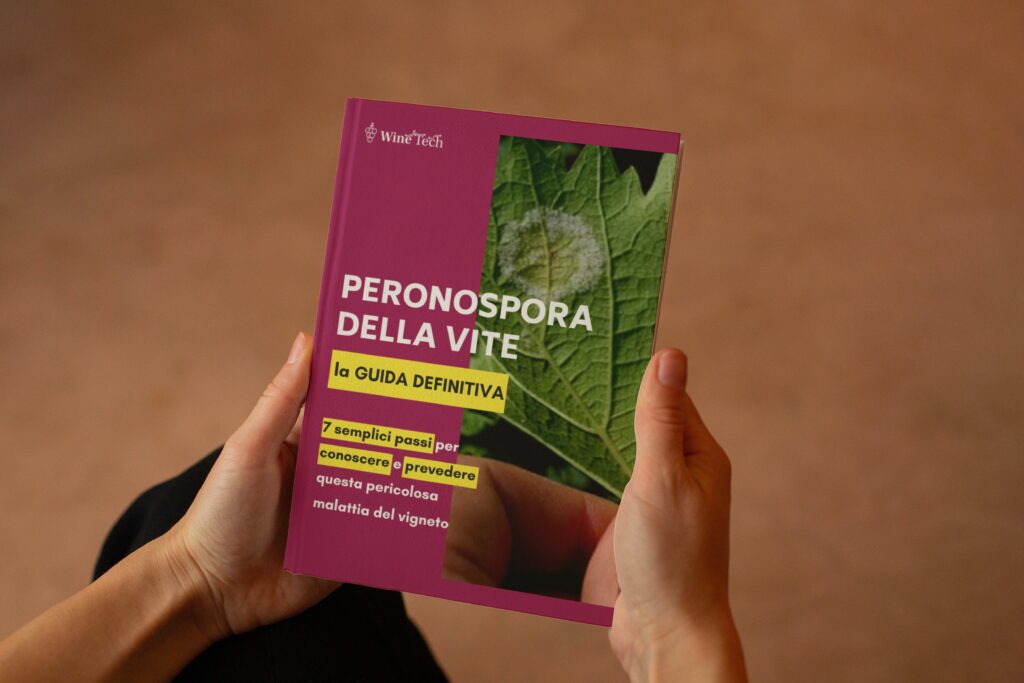
Site
- www.koppert.com/challenges/
disease-control/powdery - https://grangettos.com/
blogs/pests-and-diseases-20/ - https://ipm.ucanr.edu/m/pn7494-1.html
- www.syngentaornamentals.co.ke
/powdery-Mildew - www.arsacweb.it/oidio-della-vite
- www.agraria.org/
viticulture-enology/oidio.htm - valentepali.com/
oidium-in-the-screw-here-all-i-remedies/
